Young people can gain lots of good things from social media. It gives them the chance to feel part of something and to connect with others who like the things they do, to feel in touch with friends they can’t see in real life, to discover new ideas and to relax and have a laugh. But sadly there can also be a down side.
Here we look at how social media can affect teens' mental health, and how you can help your teen make the most of being online. For more information on helping teens to stay safe online, check out our page on online safety.
When we talk about social media here we’re referring to all websites, apps and channels that allow people to connect with others, express themselves and share thoughts, opinions, photographs and videos.
How social media can affect teens' mental health
Sitting alone in their bedrooms scrolling through other people’s lives can make people feel isolated and disconnected. Worrying about ‘likes’ and comments can dent confidence. And comparing themselves to the images they see online can make them feel they’re not good enough – even though often these images have been carefully composed and digitally altered, and aren’t a real reflection of people’s lives at all.
In this short video, Petya Eckler explains how teens can be affected by social media.
Tips to help teens get the most out of social media
Here are some tips for helping your teen to use social media in a way that will help boost their self-esteem and body image, not knock it. In this short video, senior lecturer Petya Eckler has more advice.
Tips for helping your teen
Tip #1: Talk openly and honestly about what happens on social media
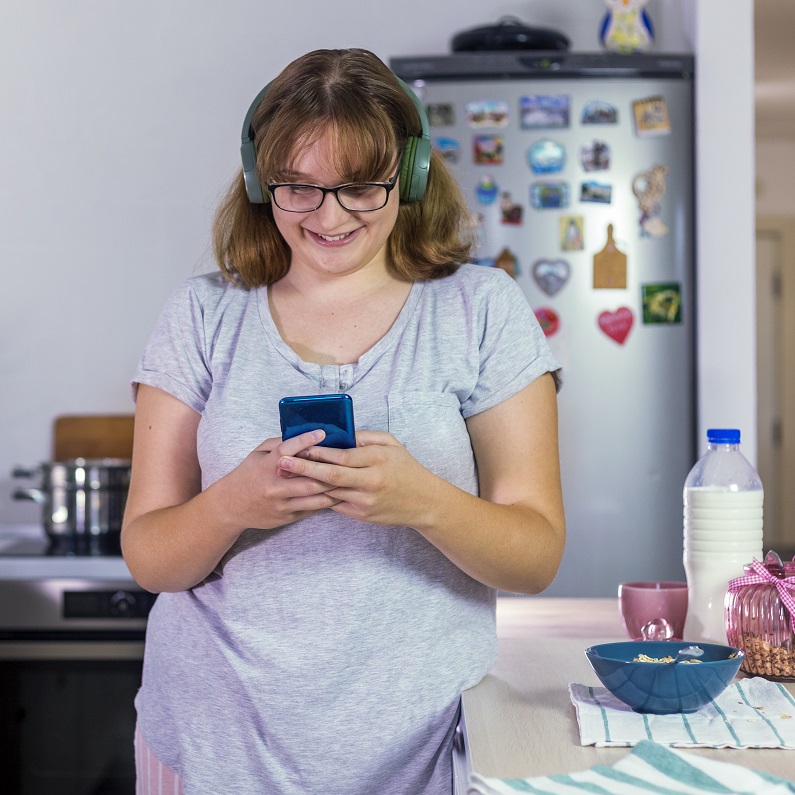
It’s a good idea to remind your teen that social media often presents a one-sided view of life, where everything is glossy, perfect and effortless. They themselves probably don’t post about the boring, embarrassing or messy bits of their lives – so why should anyone else? And they may well use filters or special lighting to alter how they look – it’s not just celebrities who do this. Ask them why they feel they need to do this, and remind them that if they’re using these methods to change their appearance, so are lots of other people!
You could also talk about how apps are deliberately created to be addictive, to keep us scrolling and continually coming back.
Tip #2: Curate a timeline that boosts confidence
There are lots of things you can do to help your child create a protective, supportive space for themselves online. Here are some things you can encourage them to do:
- Look at the accounts they follow and unfollow any that don’t make them feel good about themselves
- Like or share posts that make them feel good. Social media algorithms (the programming that works out what appears on our feeds) show us what they think we want to see, so the more we share and like happy, feelgood posts, the more we’ll see them.
- Seek out role models that make them feel more confident, and content that makes them smile or laugh
- Follow a variety of different people of all shapes and sizes, races and abilities, so they’re not just seeing one type of body and face every day
- Use the ‘hide’ or ‘report’ function to remove ads or other content that aren’t making them happy
- Think about the things they post and the effect their photos and videos might have on other people
- Switch off the ‘likes’ function on Instagram so they’re no longer worrying about how popular a post is.
This article from the Dove Self-Esteem Project has more tips for creating a positive feed.
Tip #3: Encourage them to think critically about what they see in adverts
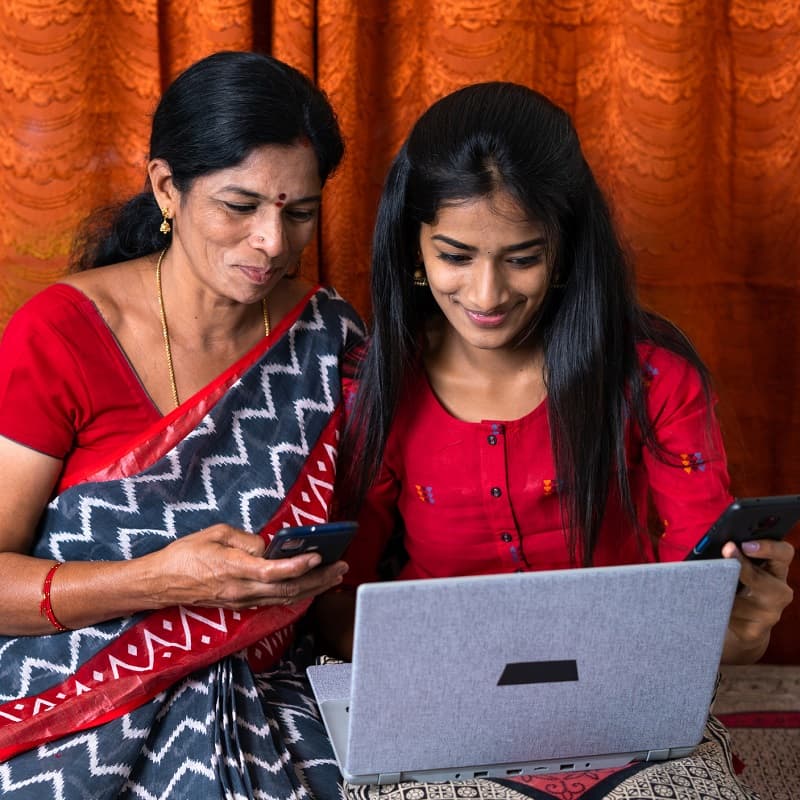
Brands invest huge amounts of money in making their products appealing to the people they want to buy them. This can be through advertising or through less obvious means, like collaborations with influencers.
Young people can be particularly vulnerable to the pressure to own a certain brand or product. To counteract this, it’s a good idea to discuss the advertising you see with your child, and help them work out what adverts are trying to do and how they do it. You can find lots of tips for having these conversations on the MediaSmart website.
Tip #4: Help them get savvy about influencers
It’s also good to help them learn how to spot more subtle forms of advertising, particularly when online influencers are paid to recommend or promote certain brands. Influencers are online personalities who sharing their lives and experiences on social media. Often their lives seem glamorous, exciting and effortless. Many young people turn to them for tips and guidance, and can be swayed to buy products or try experiences that make them feel they’re living a similar lifestyle.
So it’s important for teens to remember that no matter how ‘authentic’ an advert from an influencer may look, they are still being paid to get encourage their followers to buy something.
This article from the Dove Self-Esteem Project helps teens spot what’s an ad and what’s not.
Tip #5: Remind them not to compare themselves to people they see online
Most young people will compare themselves to their friends, other people in their school and to celebrities and other people in the media. It’s a normal part of growing up and seeing where they fit into the world around them. But if your child spends too much time comparing themselves to others it can make them feel as if they’re not good enough – especially when the ideals they’re comparing themselves to aren’t even real.
So when your child is scrolling, remind them that what they're seeing online usually isn’t a true reflection of someone’s life, it’s the carefully put together highlights, with the photos often edited and filtered. Point out that it isn’t fair to compare themselves to the people they see on social media – whether they’re celebrities, influencers or even their friends.
Tip #6: Help them tell the difference between online and offline life

Many young people don’t really see a difference between their online and offline lives. This can make them feel as if they’re constantly being looked at and commented on in real life as well as online, which is exhausting. It can also make them feel that getting ‘likes’, ‘friends’ or ‘followers’ is all that matters. So remind them that the number of likes they get online isn’t a reflection of their value as a person.
Tip #7: Encourage them to log out
We all need to switch off from the internet every so often and spend time with the people around us, or on our own. This is especially important if you notice your teen is getting upset or overwhelmed when they’re online.
So it’s a good idea to encourage them to log out every so often and do something different, like go for a walk, meet a friend, watch a film or listen to music. You could try keeping certain times screen-free for the whole family, for example at mealtimes, before bedtime or on an evening when you spend time together.
You could even suggest they pause their account for a while, so they aren’t getting notifications, but can pick it up again later if they like.
Tip #8: Remind them it's meant to be fun

Unless your job involves social media, social media isn’t meant to be work! It’s meant to be fun. If it’s not, remind them they can always walk away from it for a day, a week or forever, if they want to.
Try talking to your teen about how social media makes them feel and why they like using it or feel as if they have to keep scrolling. Maybe they’re bored, or trying to distract themselves from other worries. Talking about it could help them feel better, and make a proactive decision to do something else.
For more tips on using social media positively, have a look at the Scottish Youth Parliament's Mind Yer Time website.
 Activities & Play
Activities & Play Behaviour
Behaviour Childcare
Childcare Development & Growing Up
Development & Growing Up Family, Friends & Relationships
Family, Friends & Relationships Feeding Your Baby
Feeding Your Baby Food & Eating
Food & Eating Health & Safety
Health & Safety Mental Health & Wellbeing
Mental Health & Wellbeing Money & Work
Money & Work Online Behaviour & Safety
Online Behaviour & Safety Pregnancy & First Days
Pregnancy & First Days School & Education
School & Education Sleep
Sleep

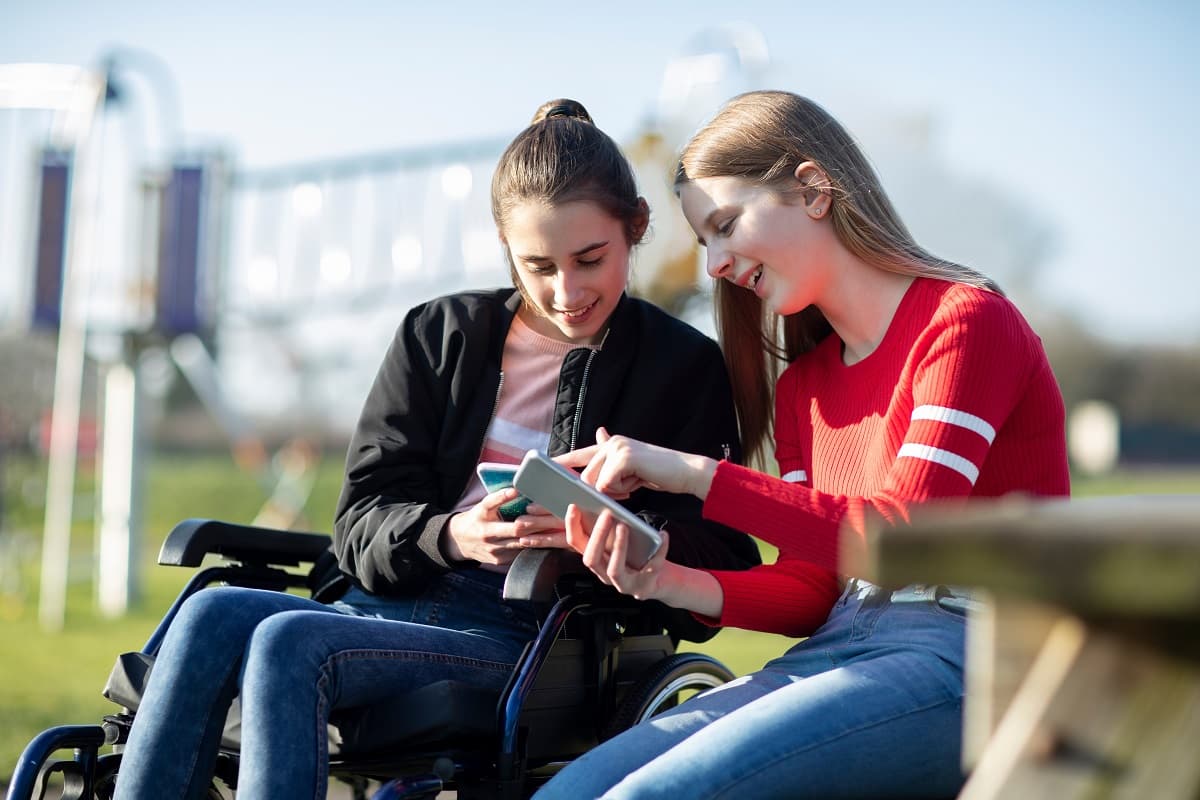

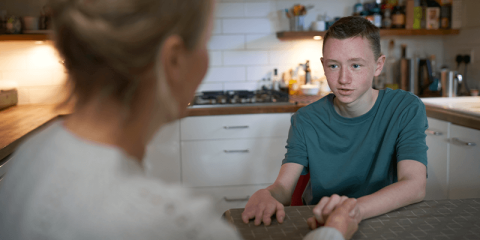



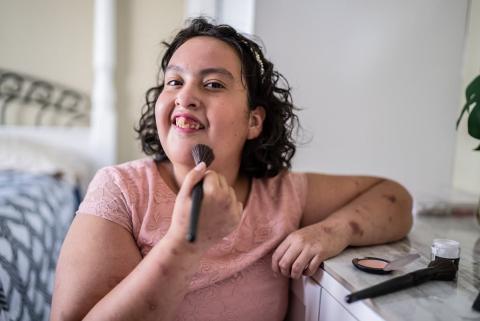

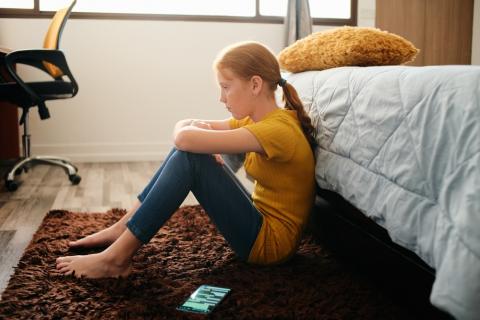
 School & Education
School & Education
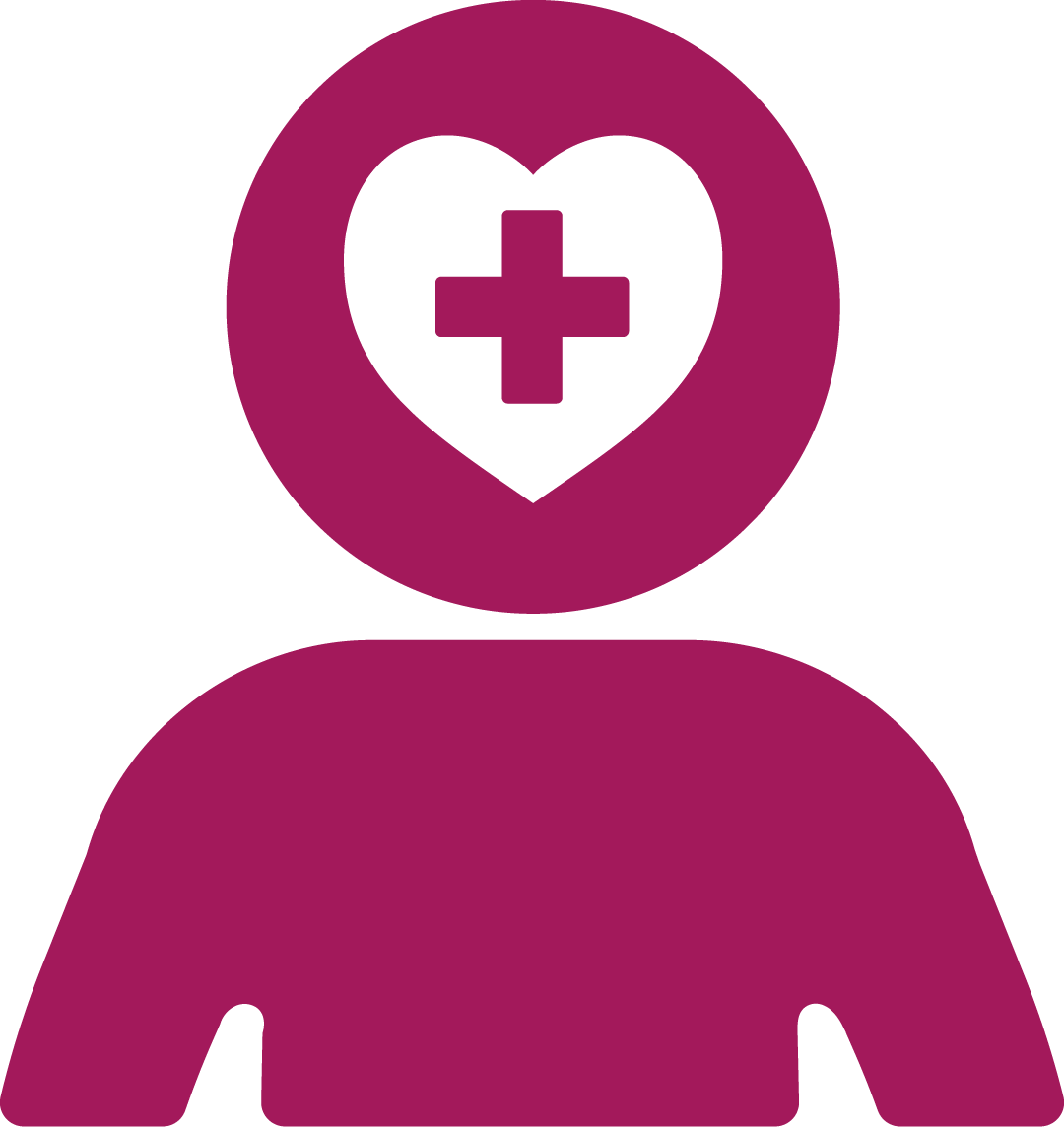 Mental Health & Wellbeing
Mental Health & Wellbeing